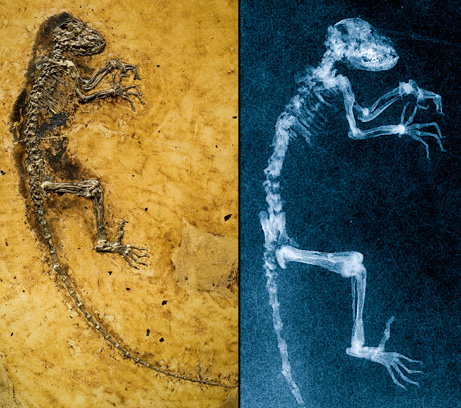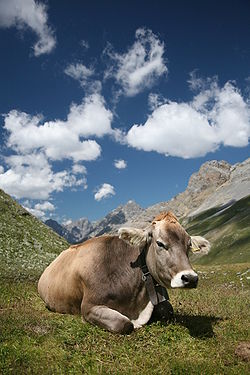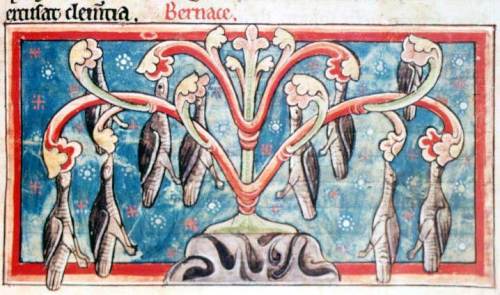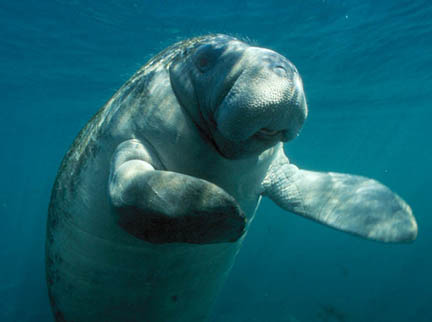It is not a frequent occurence, in the part of the country in which the author of BV was raised (and where the spirit of the American nineteen-sixties still rules) for the US military to recieve much fanfare, or even much respect. This is particularly true when you talk to the many animal rights supporters and activists that gravitate here, and who have much to say about the military’s animal welfare policies. The author herself is not always in concord with military policy.
Yet I will go out on a limb, here, in a blog dedicated on at least some level to cherishing and protecting the animals that populate our world, to say that whatever your politics, whatever your feelings about this or previous administrations, the men and women of the military deserve your respect and support, and yes, the dead deserve to be honored today, on memorial day. Today, we mourn the fallen–without qualification or sneering, if you please.
First enacted to honor Union soldiers felled in Civil War, Memorial Day was expanded to include American casualties of any war or military action after WWI. Anybody who has visited the American cemetary at Normandy can attest to the power of that memorial. And every country seems to have its own version of the tomb of the unknown soldier.
Indeed, there are many more unknown soldiers than you might even realize, because yes, there are animals among them. Take the Homing pigeon: many of these birds have flown and died in America’s history, including those that did so in WWII, after the holiday was expanded.
The most famous of all American homing pigeons might just be G.I. Joe, who flew for the United States Army Pigeon Service. Joe was one of 54,000+ pigeons in the Service, and in his official capcity he saved the lives of the inhabitants of the village of Calvi Vecchia, Italy, and those of the British troops who were occupying it it the time.
The village, believed by Allied forces to be under enemy control, had been scheduled for bombardedment no later than 18 October 1943. But in the nick of time Joe arrived at Army headquarters with the message that the British had triumphed there. Over a thousand people were saved by that freaking bird, if you’ll beg the author’s pardon.
G.I. Joe’s bravery was recognized by the Mayor of London in 1946, when he awarded Joe the prized Dickin Medal for gallantry. Again, folkes, this is some freaking great pigeon. Makes you look differently at the obnoxious objects swarming the trashcans downtown.
G.I. Joe was lucky; his story has a happy ending. He made it through the war, as so many young men and women did not, and lived out his retirement at Fort Monmouth in New Jersey, alongside twenty-four of his brothers and sisters in arms. Ultimetely, Joe died at the Detroit Zoological Gardens at the age of eighteen.
The Cemetary at Normandy is filled with 18year old boys. The author suspects that Joe would have liked to have saved them, too.
To Joe, and all of the men and women of the U.S. Armed Services who haven’t made it home to roost: R.I.P.















